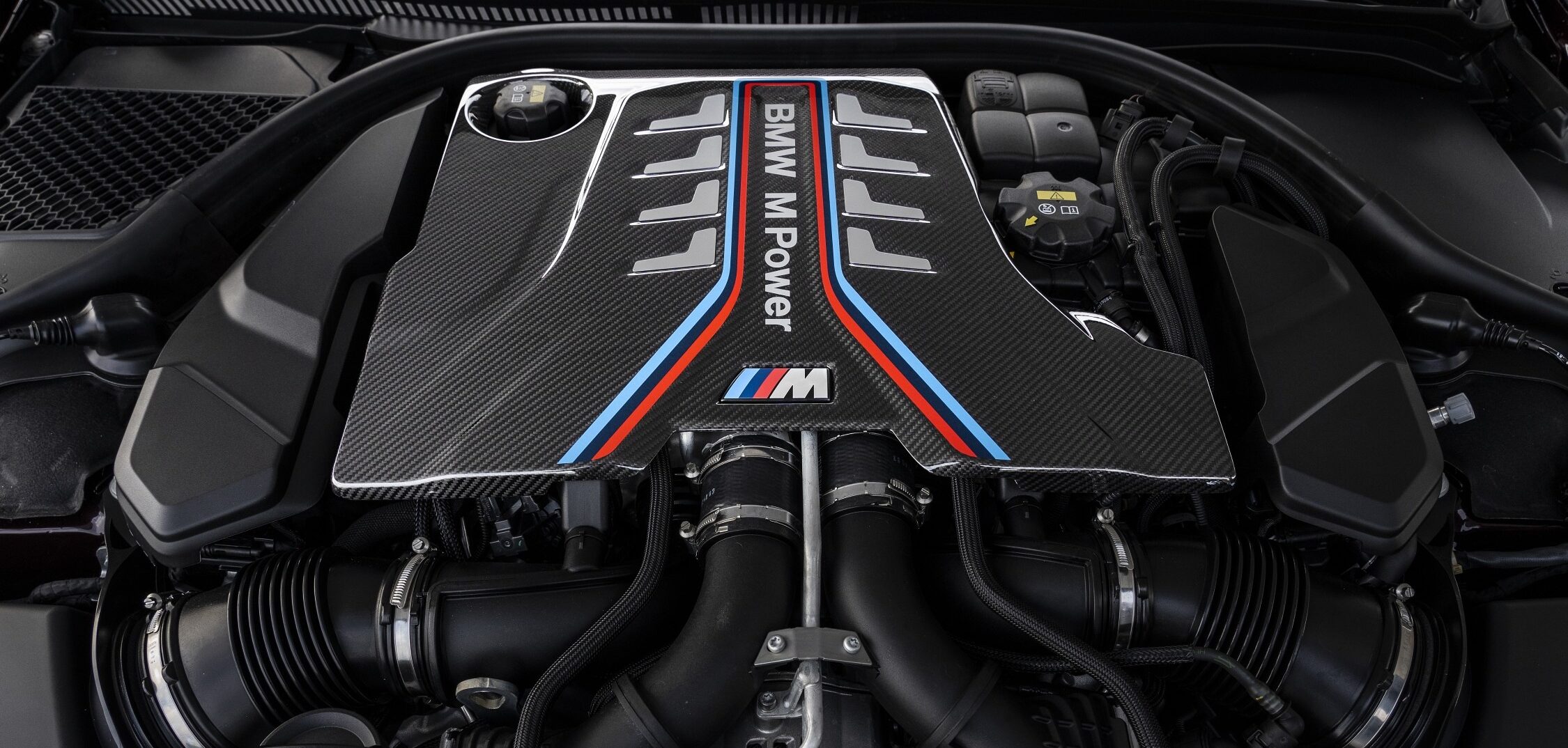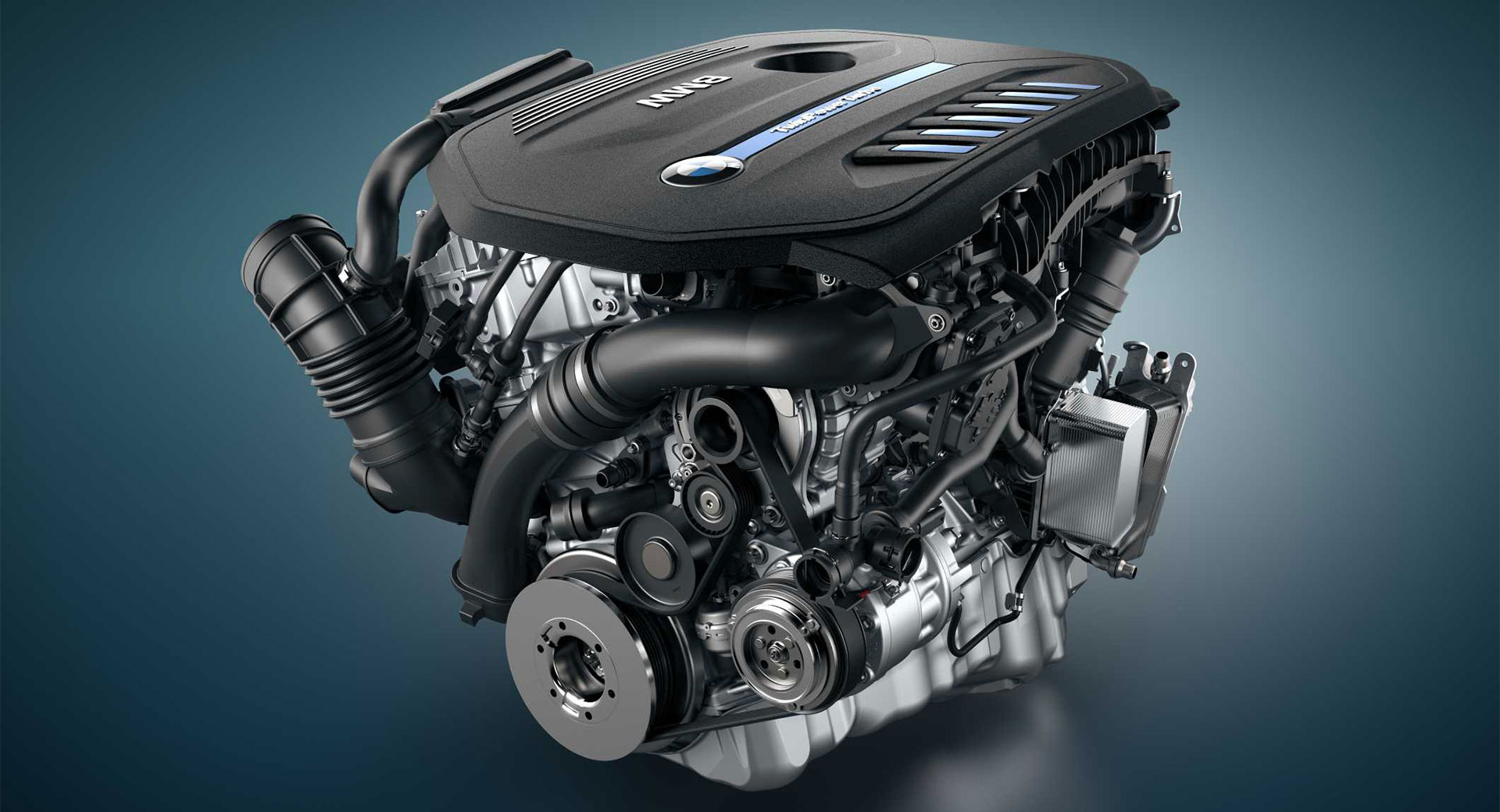The Development of the BMW Engine: A Look Back at Iconic Designs
The Development of the BMW Engine: A Look Back at Iconic Designs
Blog Article
Checking Out the Development of Combustion Engines in Modern Transport Systems
As we browse the landscape of modern-day transportation, the evolution of burning engines stands as a testimony to human ingenuity and design prowess. From their modest starts to the sophisticated powerhouses pushing automobiles today, burning engines have actually gone through an amazing journey of technology and adaptation. Comprehending the details of this advancement not just drops light on the past yet likewise leads the way for picturing what lies in advance in the realm of transportation technology. The interaction of background, innovation, and environmental problems in shaping the trajectory of combustion engines produces a story that is both engaging and insightful.
Early Beginnings of Combustion Engines
How did the idea of combustion engines initial emerge in the very early phases of transportation growth? The roots of combustion engines can be mapped back to the 17th century when the concepts of internal burning were first discovered.
The development minute came with the innovation of the initial successful gasoline-powered engine by Karl Benz in 1885 - bmw engine. This engine paved the way for the advancement of the contemporary auto, reinventing transportation systems worldwide. Succeeding advancements by Nikolaus Otto and Gottlieb Daimler further improved combustion engine innovation, leading to the mass manufacturing of autos and the rapid expansion of the transportation market
These early burning engines were identified by their simpleness and effectiveness, laying the foundation for the facility and powerful engines made use of in contemporary transportation systems. The development of combustion engines has contributed fit the way we travel and carry products, marking a significant milestone in the background of transportation advancement.
Change to Internal Combustion Modern Technology
The transition to inner combustion technology marked an essential shift in the advancement of transportation systems. This change began in the late 19th century, with inventors like Nikolaus Otto and Gottlieb Daimler creating the initial successful inner burning engines. These engines reinvented transport by providing a more effective and effective choice to heavy steam engines and electric motors.
Among the vital advantages of interior combustion engines was their capacity to be scaled down to fit into vehicles, bring about the advancement of cars and motorbikes. This shift from large, stationary engines to compact, mobile ones paved the way for the contemporary transport systems we see today.
The shift to inner combustion technology also stimulated improvements in gas innovation, causing the development of gasoline and diesel as main fuel resources for lorries. This shift not just made transport much more obtainable to the masses but likewise laid the structure for the oil and gas sector to become indispensable to worldwide economic climates.
Influence of Combustion Engines on Transport
The fostering of combustion engines in transportation systems militarized an extensive shift in the effectiveness and rate of international movement. Combustion engines reinvented transport by giving a versatile and dependable source of power for numerous vehicles, including cars and trucks, trucks, airplanes, and ships. This advancement dramatically boosted the ability for people and goods to move over long ranges go to my site in shorter time frameworks, resulting in boosted connection in between regions and nations.
Additionally, the widespread use of combustion engines has actually had a significant influence on financial advancement. The capability to transfer goods efficiently has actually stimulated profession and commerce, allowing companies to expand their markets and reach consumers worldwide. This has actually helped with economic development and globalization, as items can now be moved much faster and in bigger amounts than in the past.
Nevertheless, the ecological impact of combustion engines can not be forgotten. The combustion of fossil gas has actually resulted in air contamination and greenhouse gas exhausts, contributing to climate modification and posturing health dangers to populaces. bmw engine. As an outcome, there is a growing focus on creating alternate propulsion modern technologies to alleviate these negative results and develop a more lasting future for transportation
Advancements in Combustion Engine Layout
One notable development is the advancement of turbocharged engines, which utilize exhaust gases to drive a turbine that compresses inbound air, allowing for even more gas to be scorched, resulting in enhanced power output without a substantial boost in engine dimension. Variable valve timing systems have actually also transformed engine layout by optimizing airflow at various engine speeds, boosting both power and effectiveness. These technologies collectively contribute to the continual enhancement of burning engines in modern transportation systems.
Future Fads in Combustion Engine Advancement
With modern technology developments driving continual advancement, the future of burning engine development is poised to change transport systems globally. One of the vital fads in combustion engine development is the press in the direction of higher efficiency and decreased discharges. Manufacturers are investing heavily in r & d to enhance engine efficiency while meeting strict ecological guidelines. This includes the combination of advanced gas injection systems, enhanced turbocharging methods, and using lightweight materials to maximize fuel intake and decrease carbon exhausts.
An additional prominent pattern is the fostering of crossbreed technologies in burning engines. Hybrid engines integrate typical combustion innovation with electrical browse this site power, supplying improved fuel effectiveness and reduced emissions. As the automotive industry changes in the direction of electrification, hybrid combustion engines are seen as a transitional option that links the void in between conventional cars and completely electrical ones.
In addition, the assimilation of smart innovations, such as man-made knowledge and information analytics, is anticipated to play a significant role in the future of combustion site link engine development. These technologies can optimize engine performance in real-time, resulting in much more effective burning procedures and boosted total automobile efficiency. Welcoming these future fads will certainly not just drive technology in burning engine growth yet also add to an extra lasting and eco pleasant transportation ecological community.

Verdict
In final thought, the development of combustion engines in modern-day transport systems has been marked by significant innovations in innovation and style. From the early starts of burning engines to the transition to inner burning technology, these engines have actually had an extensive effect on transportation.
The origins of combustion engines can be mapped back to the 17th century when the concepts of internal burning were very first explored. These engines changed transport by providing an extra effective and powerful choice to vapor engines and electric motors.

Report this page